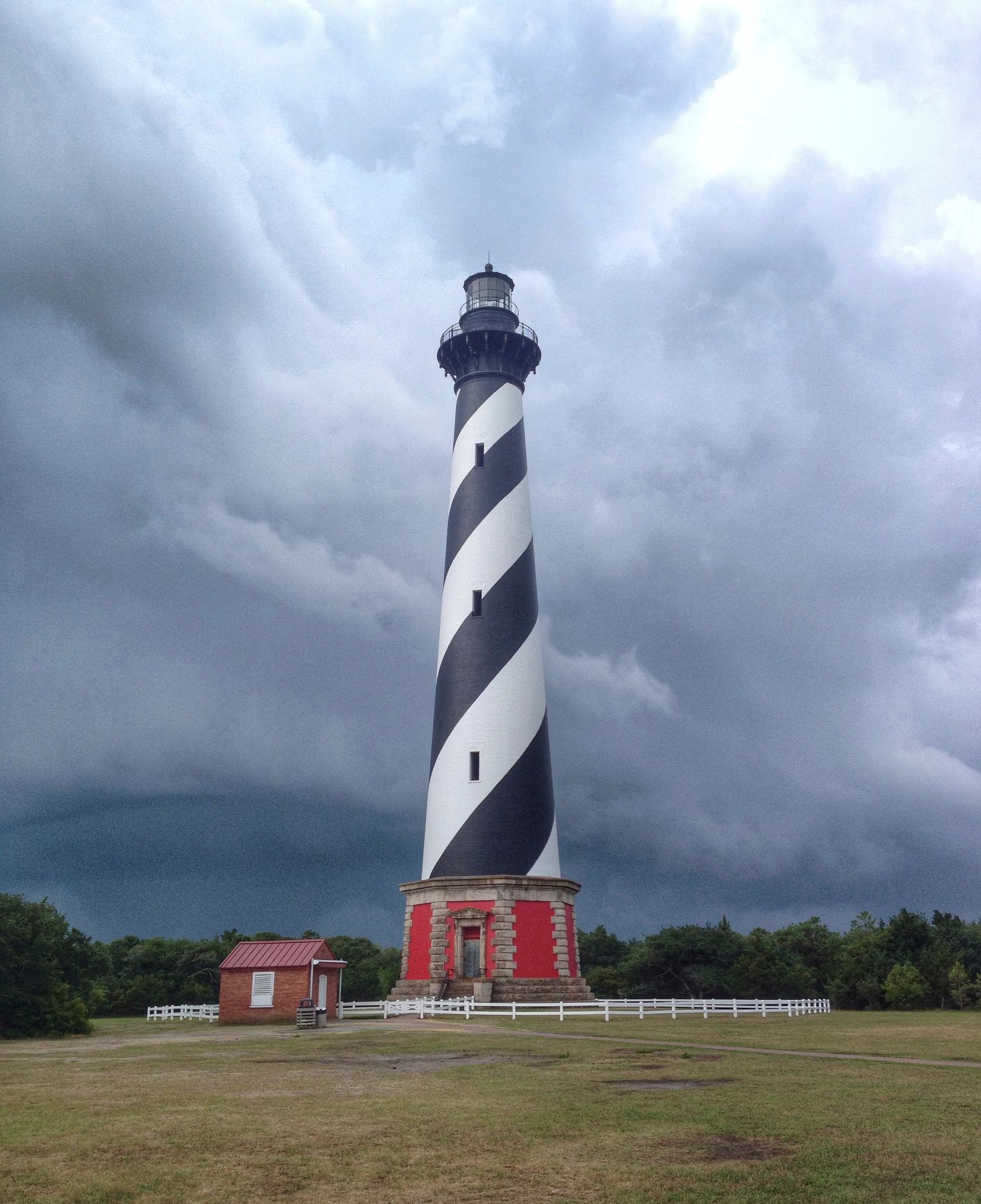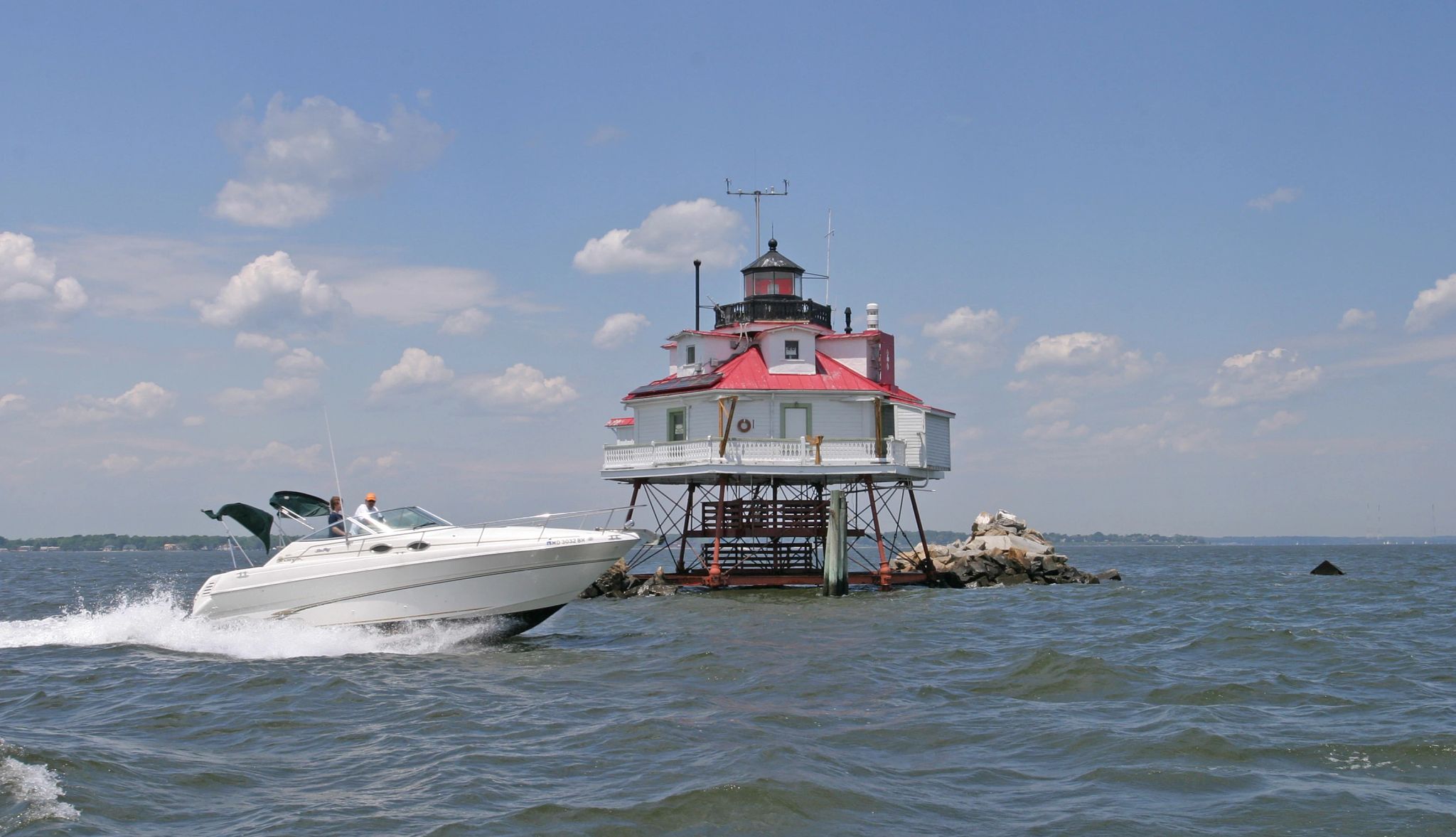AARP Hearing Center
Lighthouses beckon to us — whether from land or sea. Each lighthouse has its own daymark, a highly visible marking that acts as a navigational guide. “[Lighthouses] are a symbol of clarity, of being able to find your way safely in the dark,” says Joy Knoblauch, an associate professor of architecture at the University of Michigan. “And there is a romance to the navigation practices of the sea.” Almost all are located in gorgeous settings, making them irresistible to visit and photograph.
“We also are drawn to them when we think of the life of the lighthouse keeper, the solitude and reliability of it,” Knoblauch adds. “There is a romance to both sides, wandering in the dark as well as keeping the light on for others who need guidance.” The stories of lighthouses — the threat of danger and promise of safety — make them especially appealing to cross-generational travelers.
Henry Gonzalez, the president of the United States Lighthouse Society, “got bit by the lighthouse bug” and later discovered his great-great-grandfather had been a lighthouse keeper in Spain. Gonzalez, 67, often took his own grandchildren to lighthouses to inspire their love when they were barely tall enough to climb some. Families enjoy “the challenge of seeing this tall, noble …, historic structure and wanting to climb it and, in a sense, be living part of its history,” he says.
Multigenerational travel continues to rise in popularity. At 14 percent, family or multigenerational trips are the top motivation for planned domestic travel for travelers 50-plus, according to AARP’s Travel Trends research. Parents and grandparents want to “create special memories for their children and grandchildren, and to enhance their children’s education through travel’s ability to provide cultural, social and historical insights,” said Peter Bopp, the former director of research for the Family Travel Association, in a news release.
Some lighthouses even offer overnight stays so families can more deeply immerse themselves in the culture, history, and natural setting. When my children were young, my family spent a delightful overnight at Rhode Island’s Rose Island Lighthouse. Along with the exhilarating boat ride to the island, my kids loved hearing stories of how the lighthouse had saved ships from danger and also enjoyed the variety of seabirds on the rocky shore.
Many lighthouses have circular staircases you can climb to gain 360-degree views of dramatic scenery. The sites often include restored keepers’ quarters and museums. For those unable to climb, several offer virtual experiences.
Lighthouse aficionados Gonzalez and Kraig Anderson, the webmaster of Lighthousefriends.com (which shares information about U.S. lighthouses — all of which Anderson has visited — and Canadian ones, too), recommend these stellar sites:


Cape Hatteras Light Station, Cape Hatteras National Seashore, North Carolina
This eye-catching 1870 structure once guided mariners through a treacherous section of the eastern coastline known as the Graveyard of the Atlantic, where strong currents collide. At nearly 200 feet, it’s the tallest U.S. lighthouse. In 1999, the station, its keepers’ quarters, and other outbuildings were relocated to protect them from erosion. Currently, the lighthouse is closed to climbing until the summer of 2026 for restoration. The outside areas and Museum of the Sea, which focuses on Outer Banks history, are open. When Gonzalez took his twin grandsons to visit and climb the lighthouse there, only one was tall enough to climb. Gonzalez appealed to the head ranger who — coincidentally — was a twin himself and he allowed both to make the trek.


Thomas Point Shoal Lighthouse, Chesapeake Bay, Maryland
Located a mile offshore, this 1875 screw-pile (built on piles screwed into the water) station is a National Historic Landmark and an active beacon for navigation. With its red roof, it looks like a cozy, water-top cottage. Boat tours (2 hours, $90, plus fees) to the lighthouse with a docent are offered seasonally from the Annapolis Maritime Museum and require mobility to enter the structure. As the manager of restoration at this water-locked lighthouse, Gonzalez spent a lot of his “blood, sweat, and tears” there. He also had a key, so he and his grandsons spent a memorable overnight there in sleeping bags, learning to be lighthouse keepers.



































































.jpg?crop=true&anchor=0,94&q=80&color=ffffffff&u=7xsf69&w=2048&h=1177)







